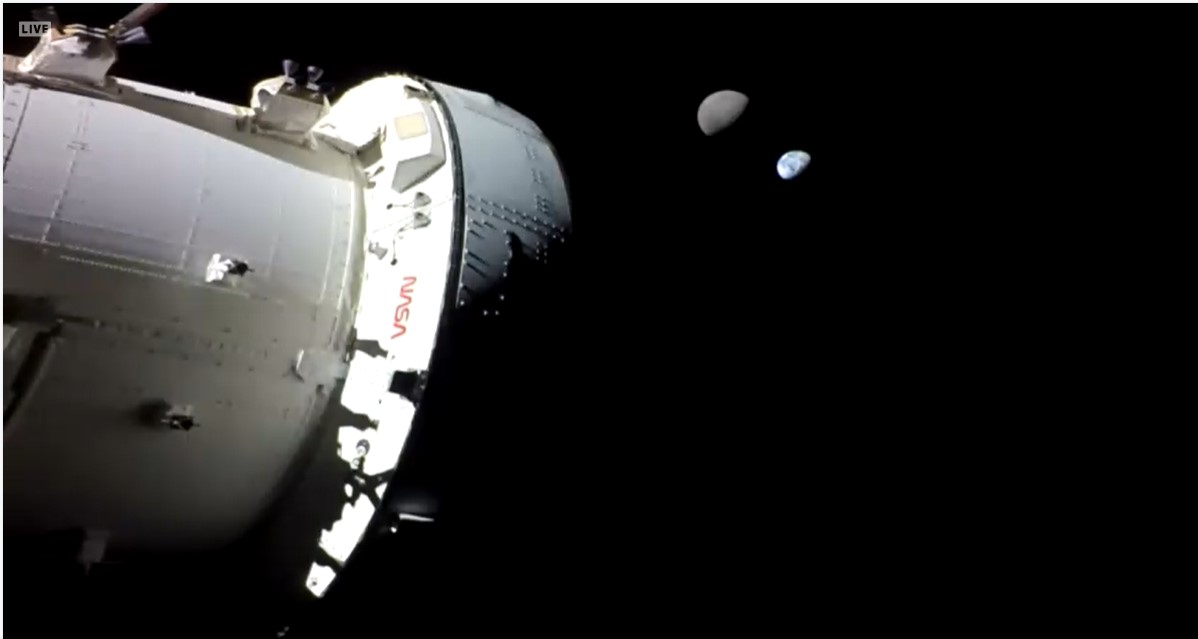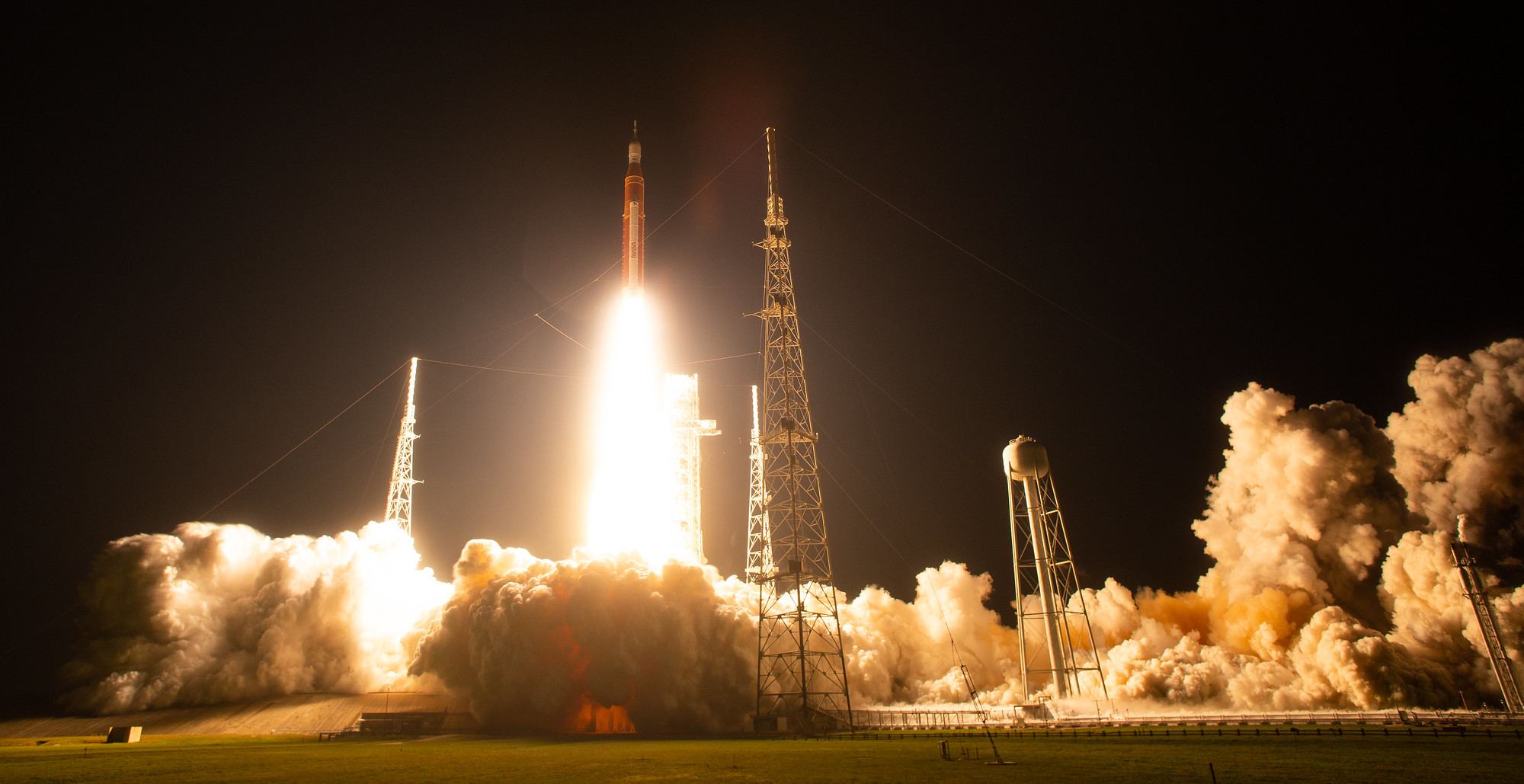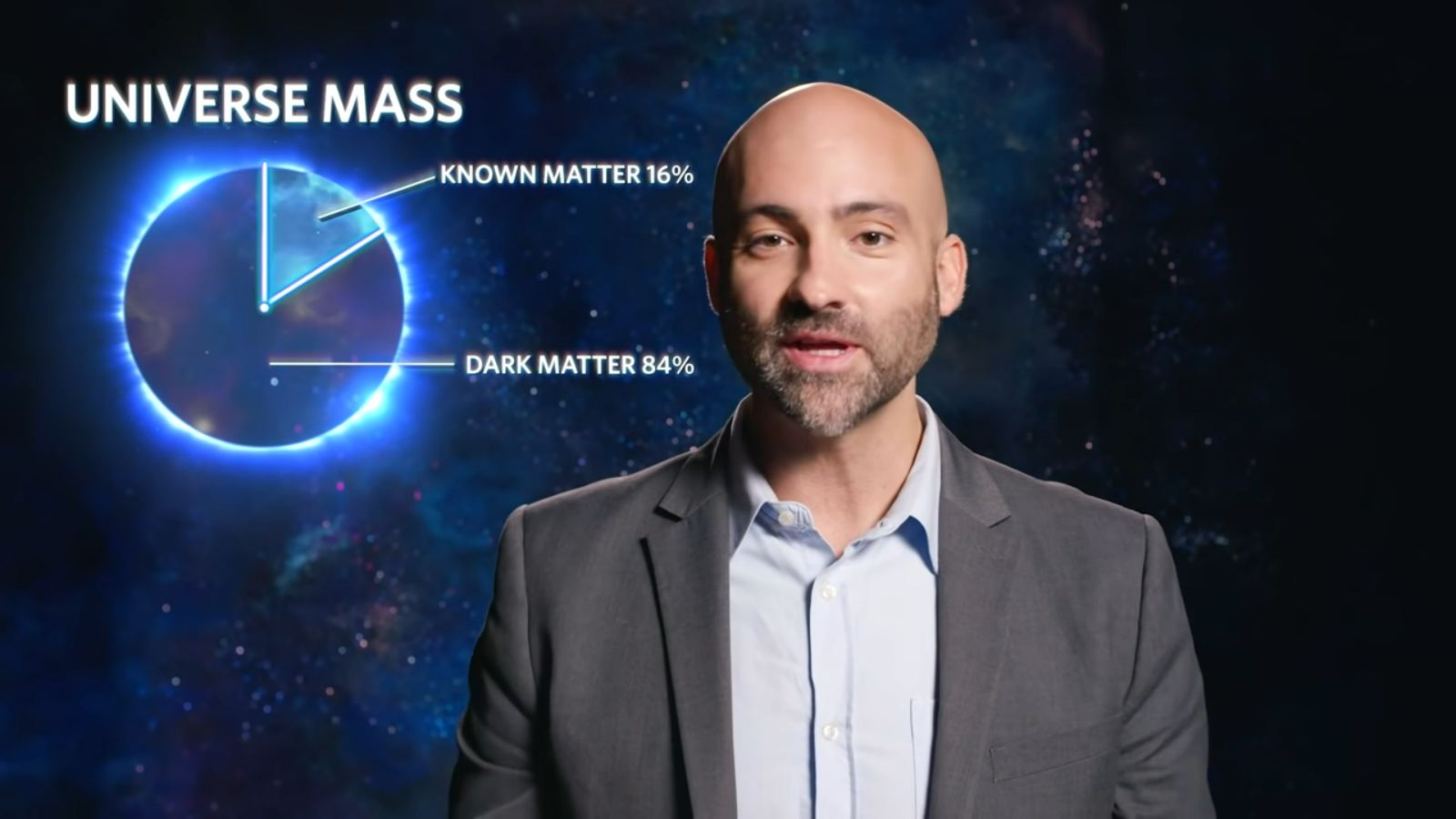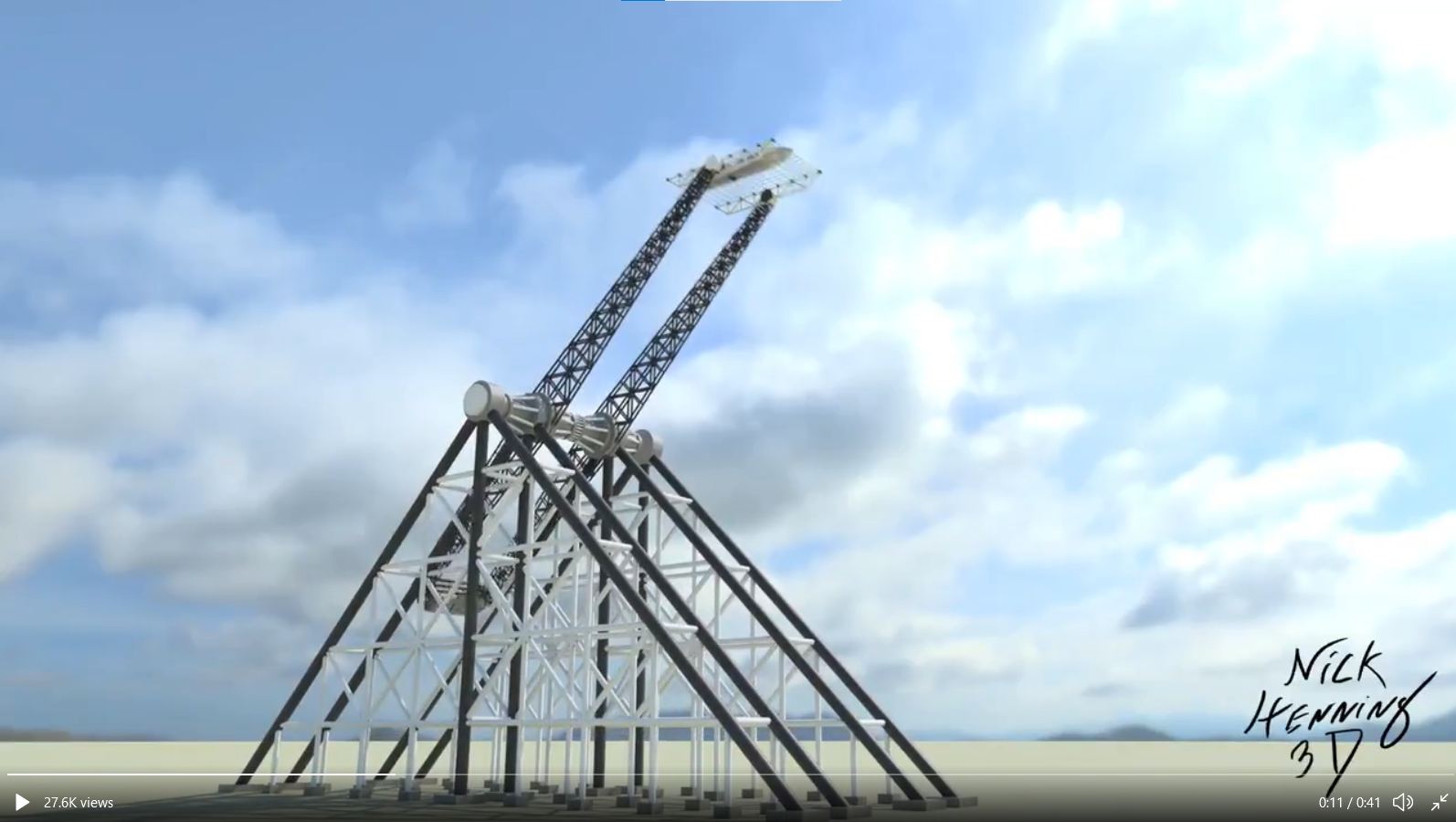There’s little doubt that we live in a new Space Age, defined by increasing access, greater competition, and the commercial space industry. The titans of this industry are well known and have even become household names. There are old warhorses like Lockheed Martin, Boeing, Northrop Grumman, and United Launch Alliance and fast-rising stars like SpaceX, Blue Origin, Sierra Nevada, Virgin Galactic, and others. But New Zealand and California-based company Rocket Lab has also made a name for itself in recent years, moving from low-cost expendable rocket launches to reusable rockets.
In particular, their new Neutron Rocket design has been turning some heads since it first debuted in late 2021. The most recent design of this rocket features some very interesting features, which include a new engine, a new shell, and a “Hungry-Hippo” reusable fairing built from advanced carbon composites. Beginning in 2024, Rocket Lab hopes to conduct regular launches with Neutron to service the growing “satellite megaconstellation” market. Thanks to an animator who goes by the handle Hazegrayart, we now have a video of what this might look like.
Continue reading “Hazegrayart Shows how Rocket Lab's Reusable Neutron Rocket Could Work”










